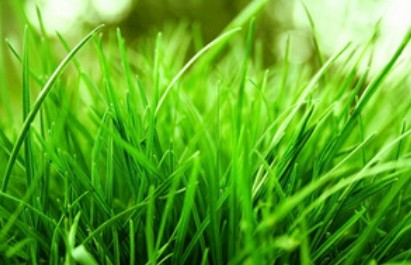Understanding how much lime to apply per acre is crucial for optimizing soil pH, which directly impacts the health and productivity of your crops, lawn, or garden. If your soil test reveals acidity, liming is the answer, but getting the application rate right is essential. Applying too little won’t solve the problem, while over-liming can create new imbalances. This guide breaks down the key factors and calculations involved in determining the appropriate lime application for your specific needs.
Key Factors in Determining Lime Application Rate
Before you start spreading lime, you need to assess a few critical factors:
- Current Soil pH: This is the most important factor. A simple DIY test kit works for smaller areas like gardens, but professional soil testing is recommended for larger fields. Aim for a pH between 6.0 and 7.0 for most plants.
- Target pH: What pH level are you trying to achieve? The ideal pH varies slightly depending on the plants you’re growing.
- Area Size: Are you treating a small garden plot or several acres? The area size influences the type of lime you should use and how you’ll calculate the application rate.
- Soil Texture: Sandy soils require less lime than clay soils. The density of the soil affects how much lime is needed to change the pH. Soil types are generally categorized as sand, loam, and clay.
 limed lawn
limed lawn
Alt text: Healthy green lawn after lime application, showing even coverage and vibrant growth.
Calculating Lime Requirements: Pounds per Acre
For larger areas, calculating lime requirements per acre is the most practical approach. While a professional soil test will provide precise recommendations, you can estimate the amount of lime needed based on your soil type and desired pH change.
Keep in mind that these are general guidelines. The exact amount of lime needed can vary depending on the type of lime used (calcitic vs. dolomitic), the fineness of the lime, and other soil conditions.
Understanding Lime Application Rates
If you have your soil professionally tested, the report will include specific liming recommendations tailored to your soil.
Here’s a general guideline for how much limestone you’ll need to raise 1.0 pH level for every 1,000 square feet for different soil types:
- Sand: 25 pounds
- Loam: 75 pounds
- Clay: 100 pounds
Choosing the Right Type of Lime
Two common forms of lime are available:
- Powdered Lime: This is the most cost-effective option, but it can be dusty and difficult to spread evenly.
- Pelletized Lime: This is powdered lime that has been formed into pellets, making it easier to handle and spread. While slightly more expensive, pelletized lime offers better precision and reduces dust.
For large areas, pelletized lime is generally preferred due to its ease of application.
Beyond the Basics: Additional Considerations
- Lime Quality: Different lime products have different neutralizing values. Look for the “Effective Neutralizing Value” (ENV) on the product label to compare different limes.
- Application Timing: The best time to apply lime is typically in the fall or early spring, allowing time for it to react with the soil before planting.
- Incorporation: For faster results, incorporate the lime into the soil by tilling or mixing it in.
Liming your soil is an investment in the long-term health and productivity of your land. By understanding the factors that influence lime requirements and following these guidelines, you can ensure that you’re applying the right amount of lime to achieve optimal soil pH and maximize your yields.